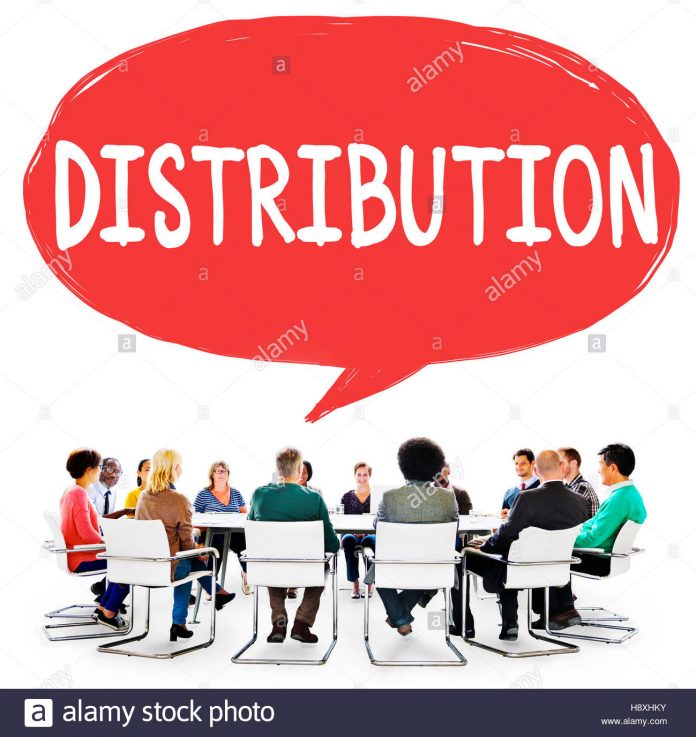There are four basic blocks of the marketing mix-product, pricing, placing, and promotion. The distribution lies under the block of placing. Let’s have a look upon some basic concepts;
What is Distribution?
Distribution is the name of the whole process by which we manage to deliver our services to the end-user (customer). Now there are multiple ways to distribute a product or to provide a service to the end-user through Direct Distribution or Indirect Distribution. The distribution plan depends on the following factors:
Product:
Whether the product is flexible or perishable during the distribution will be a factor in changing the distributing model.
Market:
The market size will be a direct factor in managing the sales or distribution of your product or service. Also, the size of the market will decide whether the company must choose Direct Distribution or Indirect Distribution.
Company:
The size of the company is also an important factor in distribution.
Marketing Environment:
The state of the economy will decide whether the chain of the distribution, in a good environmental state, the distribution services can be forwarded to the wider alternatives. In contrast, in a slow or poor economy, shorter chains of distributions are preferred.
Cost:
The cost of product manufacturing, shipping or transportation, storage, warehousing all is considered before the company decides to dropship.
You can know more about it by reading the review of the press release distribution services.
Types of Distributions:
Direct Distribution and Indirect Distribution Channels:
The distribution channel decides whether the end-user will be provided directly from the manufacturer (Direct Distribution) or through a third-party channel (Indirect Distribution).
Direct Distribution:
Direct distribution is when the company manufacturing delivers the product directly to the end-user. When the channel path is short, direct distribution works the best. Companies selling their products and services through e-commerce are the best example of Direct Distribution. Furthermore, the distribution techniques again rely on the 3 P’s (Pricing, Placing, And Promotion).
Indirect Distribution:
When the product is sent through various channels in between to the end-user. The product from the manufacturer goes to the C&F (cost and freight), then to the distributor then to the retailer and finally drops to the end-user (customer). Thus the chain of distribution is long, and there are possibly more chances of delay and loss of cost and time.
Intensive Distribution:
When the manufacturing company has a mass marketing product, then the strategy of Intensive Distribution is used. Intensive distribution works on covering the market- as much as it can. Typical FMCG and durable consumer products are delivered through the Intensive Distribution strategy.
Selective Distribution:
Selective distribution is used where there are established brands and outlets such as Zara, Armani, or Gucci. These brands tend to work on Selective Distribution.
Exclusive Distribution:
If a company decides to give a whole region to one single distributor because the delivery points are exclusive such as Lamborghini outlets, they may be one in a country or maybe one per 6 to 7 cities.
Overall, the distribution strategies depend upon the product/service that the manufacturer is providing to the end-user.

